Growing green pea is quite easy and is very enjoyable. It usually starts in the spring and continues during summer.
Key pea and green pea facts
Name – Pisum sativum
Family – Fabaceae
Type – annual
Height – 1 ½ to 8 feet (50 to 250 cm)
Exposure – full sun, part sun
Soil: rich and rather moist – Harvest: end of spring → summer, 3 months after sowing
From sowing to harvest, each one of these best practices will enhance the quality of your peas.
→ Also: grow peas in containers
Sowing peas and green pea
Peas can be sown in fall (mild climates) or at the end of winter and at the beginning of spring (harsh winters).
- If sowing in fall, bury seeds a bit deeper than usual, 2½ to 3 inches (6 to 8 cm) deep.
- Wrinkled pea varieties are better sown in spring.
- You must sow in the plot from February to April for round pea cultivars (English green peas, the conventional ones).
- As for other varieties, like snap bean and wrinkled green pea, wait for May to June to sow.
How to sow your green peas
Sow directly in the plot:
- Either sow in rows, with once seed every 1 inch (2 to 3 cm), 2 inches (5 cm) deep,
- Or sow in seed holes with 5 or 6 seeds spaced regularly either 16 or 24 inches (40 or 60 cm) apart depending on the variety.
- Choose a location that is well exposed to the sun but not scorching, ideally part shade.
- Peas require rather rich and light soil.
→ Read also: green pea container growing
Pea companion plants
Don’t plant these together with peas:
Onions, shallot and garlic do not make good companions for peas.
Good companion vegetables for pea:
Peas love growing near certain vegetables such as: carrot, celery, cabbage, cucumber and pickle, lettuce, corn salad, turnip, potato, radish.
Peas hate these vegetables: garlic, shallot, onion, parsley, leek, tomato.
Watering peas and green peas
At the beginning, reduce watering in order to trigger flowering instead of foliage.
Immediately after blooming, water abundantly because that is when pods form to produce your peas.
- Water regularly after that, but not too much.
- Green peas hate dry spells.
Harvesting peas and green peas
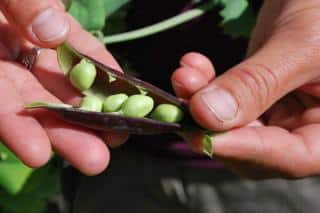
You can harvest pea from spring to fall, depending on the variety and when you plant it.
- Harvesting takes place around 3 to 4 months after sowing depending on the variety.
- Harvest the seeds as soon as they are well-formed and have grown to the size at which they are eaten.
- Harvest while still green.
Learn more about peas
The part of the plant that is eaten is the seed itself. It isn’t common to eat other parts of the green pea plant, not even the seed pods.
Although growing normal green pea is usually be a bit demanding, another type of pea is much easier to grow: snow pea (or summer pea).
You’ll be surprised at how fast this plant grows, it will need to be staked as soon as it has reached a few inches.
Birds love Pisum sativum seeds, and it is best to set up a net to guard against them, or you may see your harvest disappear in hours…
Smart tip about peas and green peas
Light plant-based mulch will retain moisture, add organic matter and avoid weed growth.

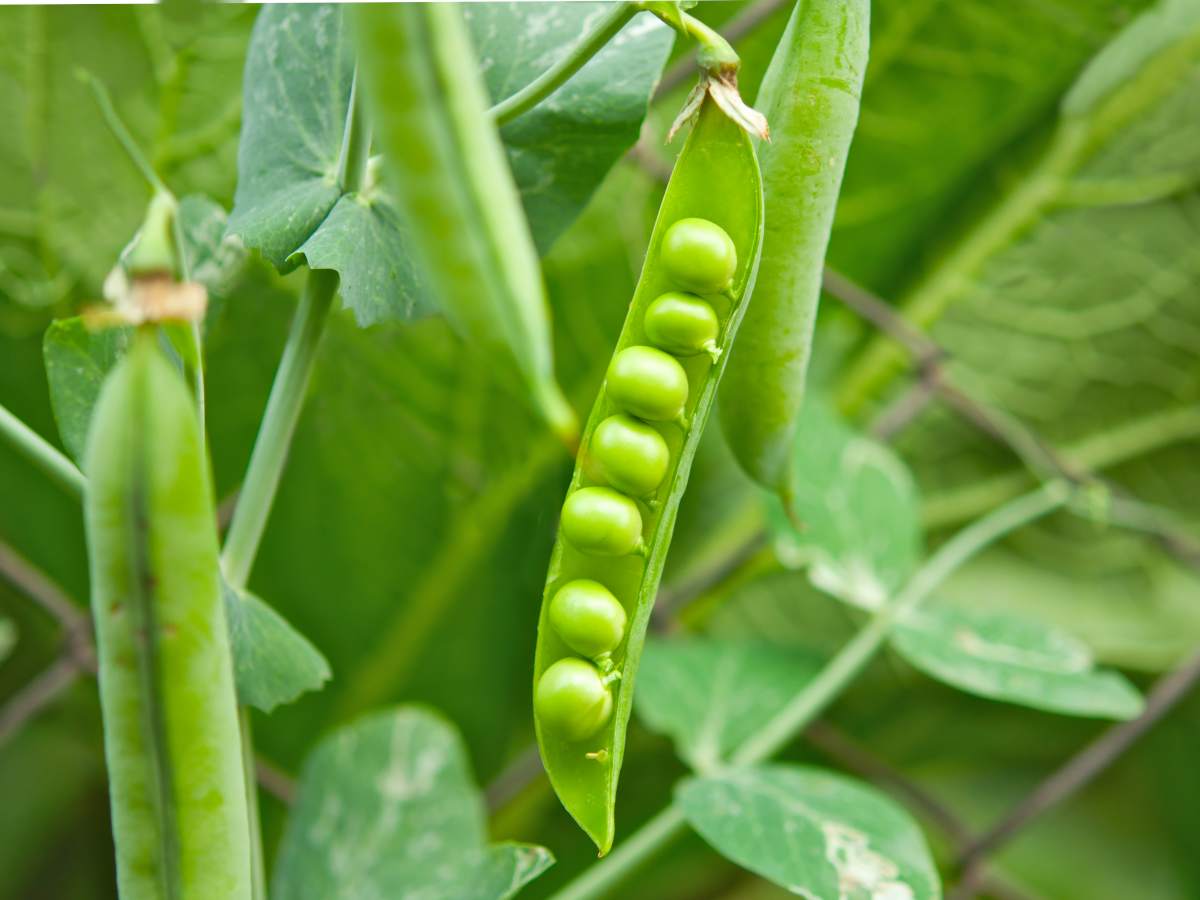
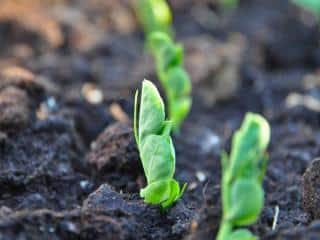
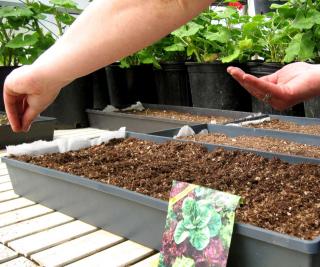
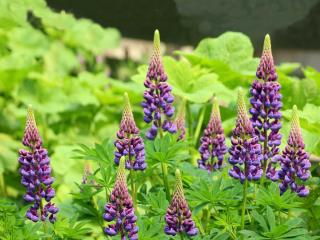
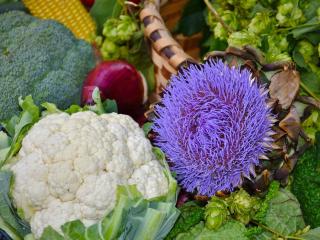
I have a question
Ask my questionI'd like to comment
Post a commentNo comments yet – be the first to share your thoughts!